How To Choose Your Google Display Network Audiences
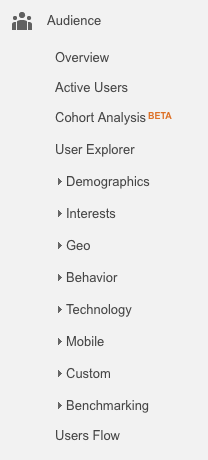
The Google Display Network (GDN) is huge and includes more than 2 million websites and reaches more than 90% of searchers. This network is a powerful prospecting tool to help you reach customers who may be interested in your products or services. Selecting the right audience is one of the factors in setting up a successful campaign. In this post, we are going to discuss different ways to pull the data and setup tightly themed ad groups.
Display Considerations
It is important to consider your goals before you begin creating your Display ad groups. If you are revenue focused, you may want to overlay these groups with relevant keywords, ensuring that the customers are actively seeking the products or services you are advertising. If you are focused on brand awareness, you do not have to overlay these groups with keywords. Although, it is important to keep in mind that your ad message may not match the website content.
Another item to keep in mind is that the more layers added to any ad group (interests, gender, age, keywords) can limit your audience. It is a good idea to test different targeting mixes along with different bids. In the Display Network, you are not bidding for position as much as you are bidding for placement.
Finding Audiences
In Analytics, under the Audience section, you can find additional details about the customers who visit your website. Using this data will help you determine the highest value customers who visit your website. Once you have identified groups of audiences and their interests you can create tightly themed ad groups.

You can start with interests or demographics and drill further into each set of data. In this example, we are going to begin by digging deeper into the demographics of our audience. Starting with gender, we can see that over 70% of the purchases made on this website are by males. Now, click on the title ‘male’ for additional information about this group.

The next set of data will show you the age range of males who are placing the orders. As you can see, the majority of orders placed by males are between the ages of 35-44 and 55– 64. Now, we can click on the title “55-64” to see additional information about this audience

Now we have an in-depth view of all the interests of the males that are between the ages of 55-64. When we sort this view by revenue we can see that males that are between the ages of 55 – 64 are interested in Real Estate.
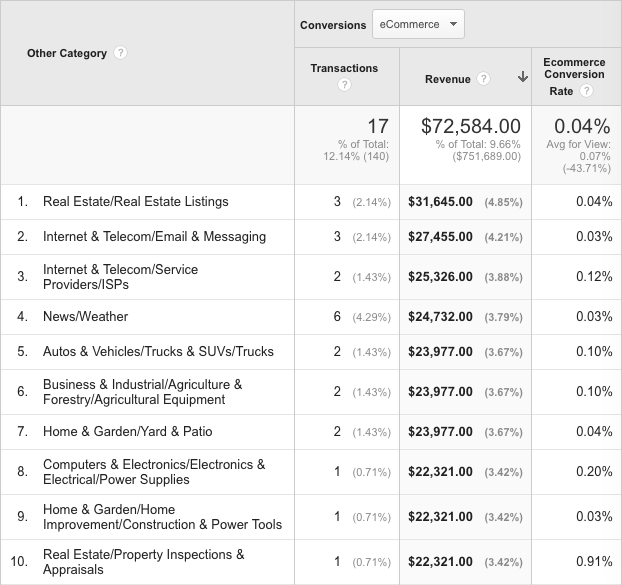
We could potentially create one ad group that targets males between these ages and select one or several top performing interests with a keyword overlay
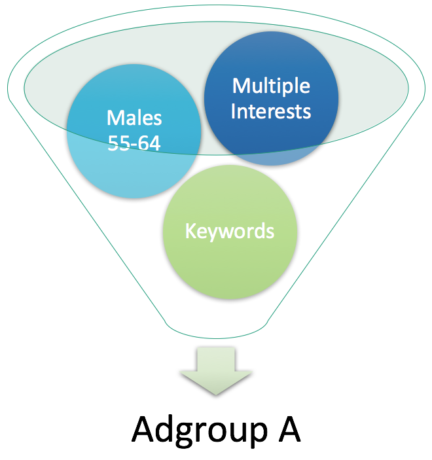
You could also review the In-Market interests and filter out the real estate interests, adding a secondary dimension that includes age. We can actually see that the ages range between 24-64.
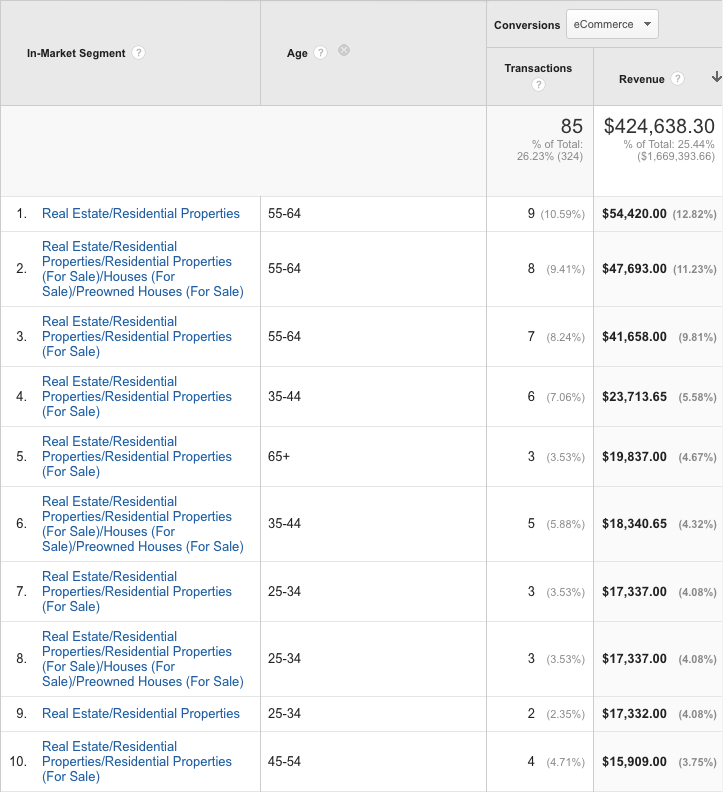
We could potentially set-up an ad group that targets men who are interested in real estate with the keyword overlay. You can actually see that most of these fall under the Residential Properties category.
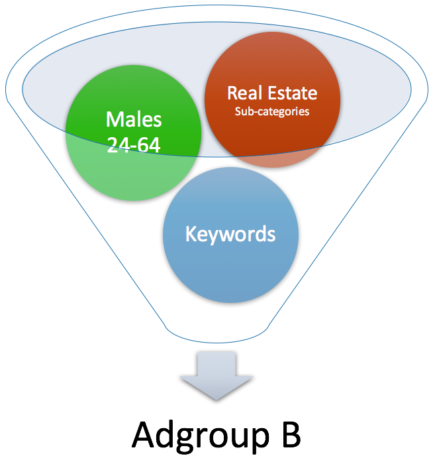
Although you could target the entire real estate interest, you may want to target the sub-categories independently. This option will allow you to make optimizations based on performance. You may want to dig into this data further to determine if any of these categories should not be targeted.
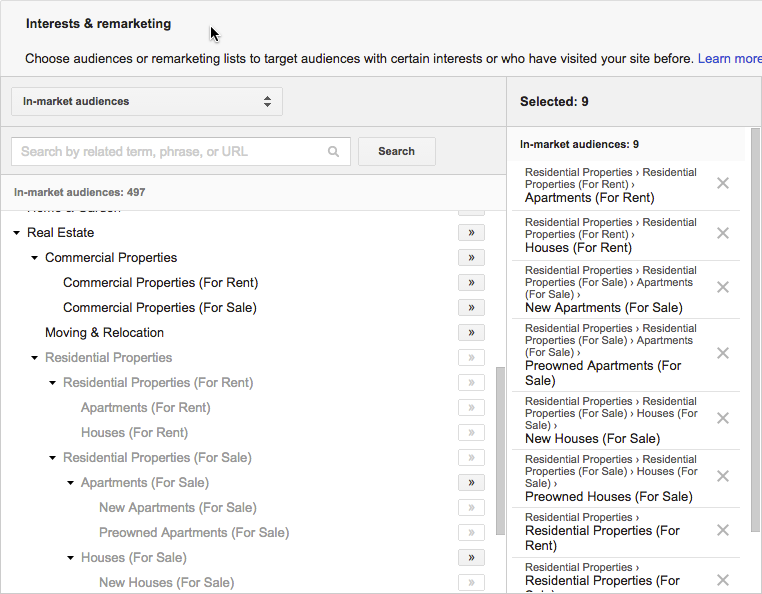
Running a filtered search in Analytics will help you determine if there are any categories you might want to exclude. For example, if you do not see any orders being placed by people searching for moving and relocation, you could exclude. Another search showed that commercial properties also saw zero transactions. These interests would be worth excluding.
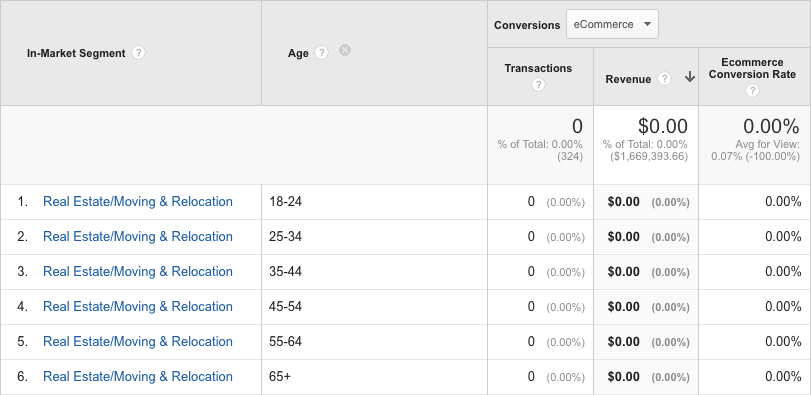
Conclusion
Hopefully, this article has given you ideas on how you can find potential targeting for the Display Network.



